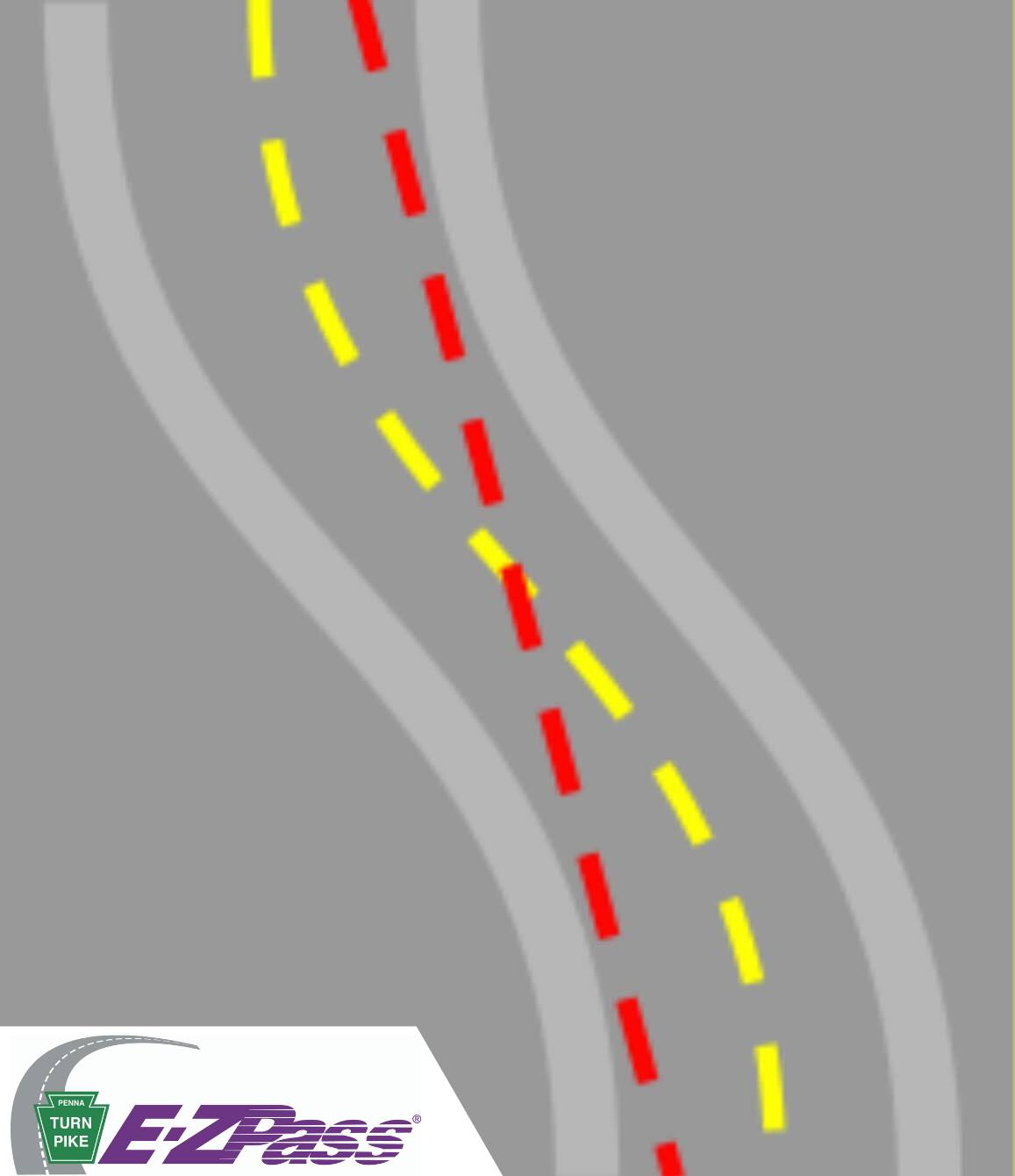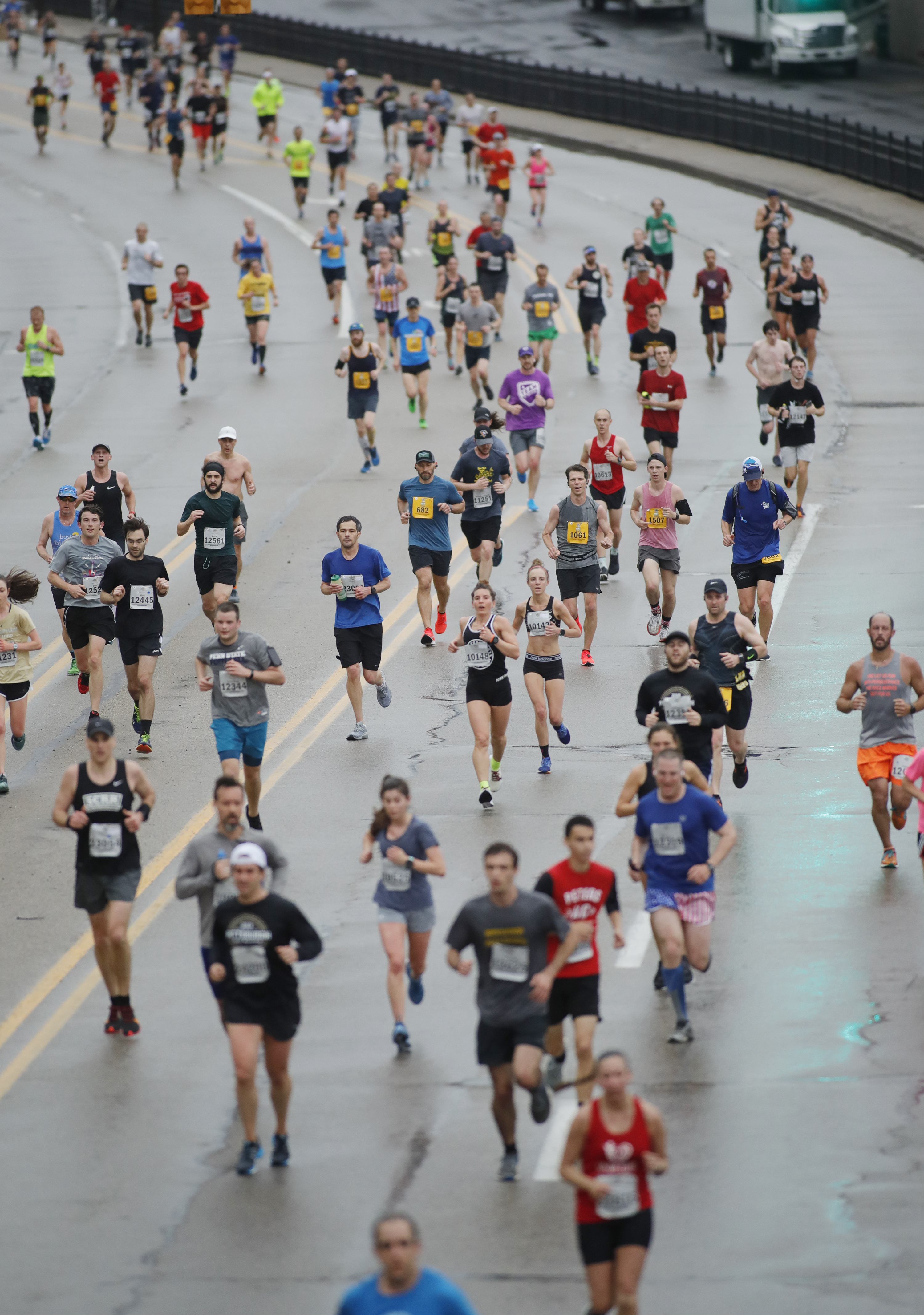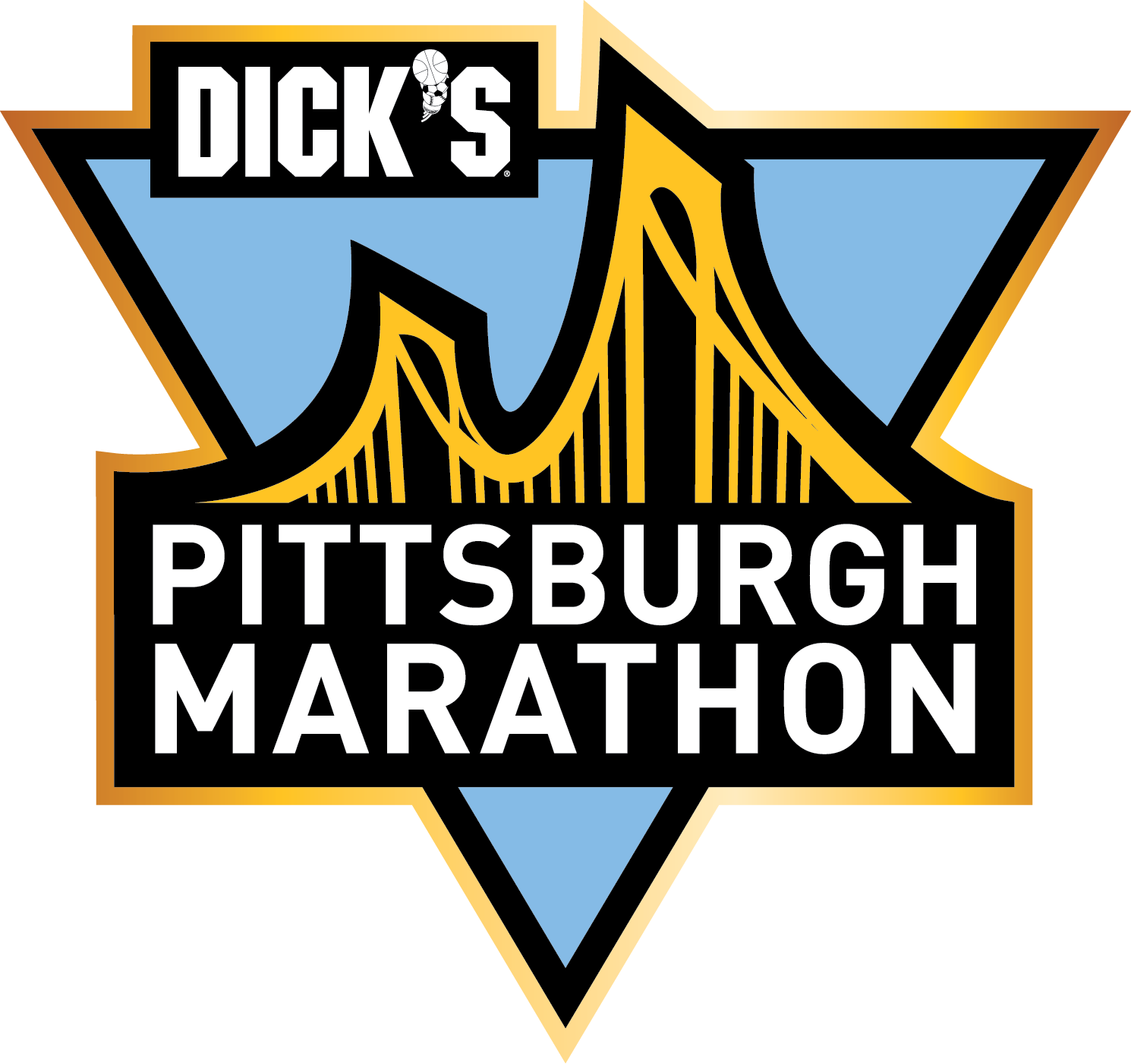Blog
Why does my watch say I ran 14 miles for a half marathon?! Tangents Explained Presented by PA Turnpike
When people run a race, they often look down at their watches and realize they actually ran further than the race was said to be. This is actually a common occurrence that makes many people wonder whether the course was measured incorrectly.
If you are driving on the PA Turnpike and you’re going around a bend, the car in the inside lane will typically pass the car in the outside lane if both cars are going the same speed. This is because the car on the inside is taking the shortest possible route or the tangent of the street.
Similarly, if you’ve ever run on a track, then you know the quickest way around is to stay in the lane closest to the inside. This is because the inside lane provides the shortest distance around the track. Tracks are measured by this, as a 400 meter outdoor track is 400 meters measured by the inside lane. A marathon course is no different when it comes to measurements. Officials measure the course by the shortest possible route a runner can take.
This is where tangents come into play, as the tangent line is the most direct line a runner can take to get from point A to point B. For the elite runners, these lines are much easier to run, as they typically don’t have to rub shoulders with many other runners. For everyone else, however, runners must take wider than necessary turns to avoid colliding with other runners.
Below is a graphic of a road with red and yellow dotted lines. The red line represents the tangent line (the most direct route), which is the route officials use to measure the course. The yellow line represents the line a runner would take if they were to run the race along with the movement of the roadway.

If the dotted lines, pictured above, were strings, and you pulled those strings tight, the yellow string would be longer than the red one. While this difference is fairly small, if you run a race, those distances can add up to a significant enough amount that it can affect your finisher time.
In crowded areas, taking these wider turns is unavoidable. However, be sure to take advantage when you have a little more space and run as close to the tangent line as possible. This is a great way to reduce the distance during your race.

